Artificial Intelligence has revolutionized industries, from healthcare and finance to marketing and supply chain management. However, the successful implementation of AI systems depends largely on a critical aspect that’s often overlooked — data readiness. AI models thrive on data, but raw data on its own isn’t enough to create actionable insights. Data modeling becomes a crucial step in ensuring that the data fed into AI systems is structured, organized, and optimized for advanced analytics. In this article, we will explore how data modeling can significantly enhance AI readiness, discussing the importance of data modeling, its impact on AI outcomes, and best practices to achieve maximum AI readiness through effective data models.
1. Introduction to AI Readiness and Data Modeling

What is AI Readiness?
AI readiness refers to an organization’s ability to successfully implement AI technologies and strategies. It involves several components, including access to the right technology, skilled talent, and perhaps most importantly, well-prepared data. Organizations that are AI-ready have laid a strong foundation for AI systems to function effectively, which often involves cleaning, organizing, and optimizing data so that it can be used for advanced machine learning and predictive analytics models.
The Role of Data Modeling in AI
Data modeling is the process of defining, structuring, and organizing data elements within a system to ensure they can be utilized effectively. In the context of AI, data modeling plays a critical role by structuring raw data in a way that AI algorithms can easily interpret and utilize. With AI projects relying on massive datasets, having an accurate and well-thought-out data model ensures that the data is not only of high quality but also optimally structured for model training, validation, and deployment.
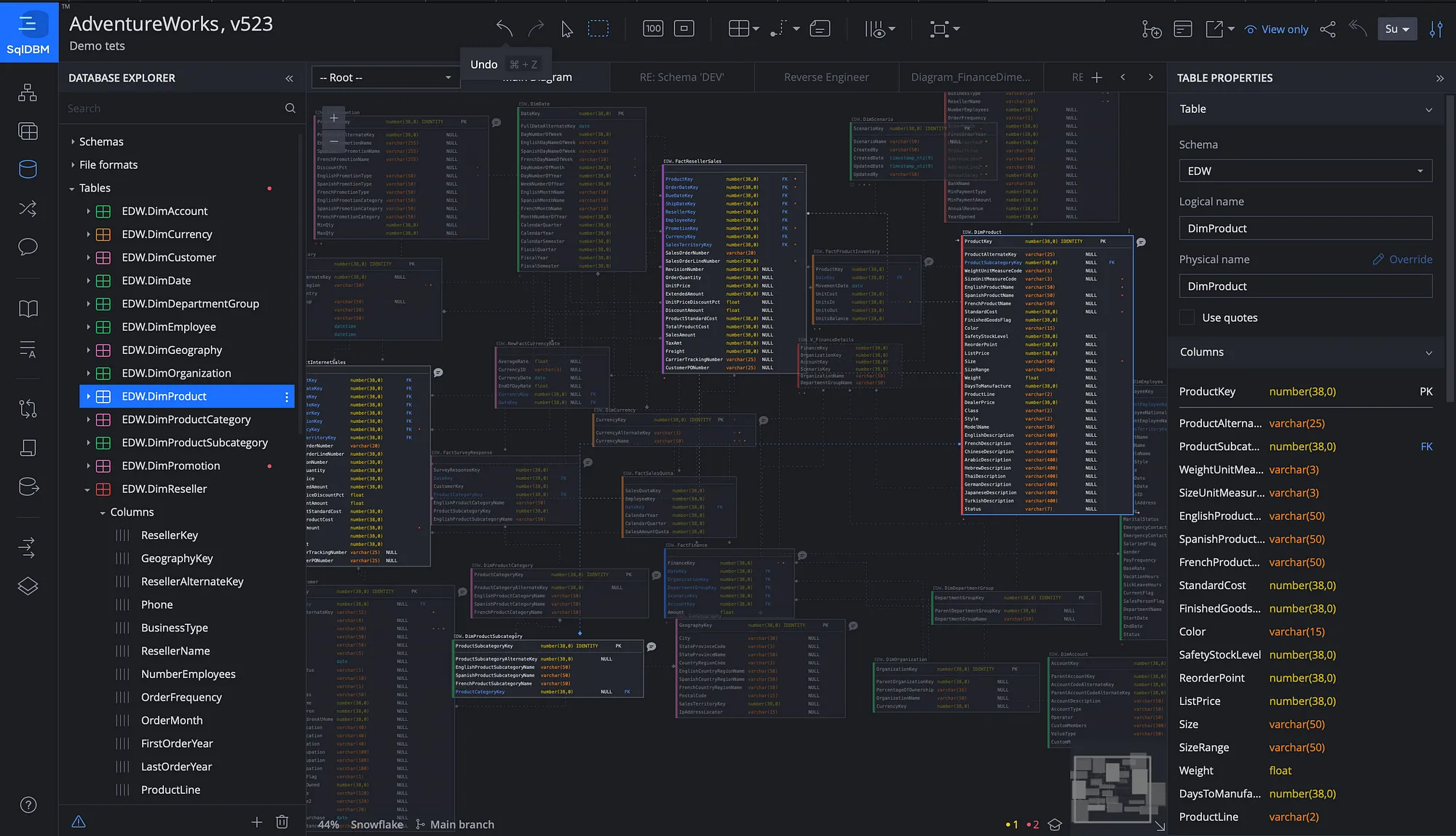
2. The Importance of Data Quality for AI Systems
Garbage In, Garbage Out: Why Data Quality Matters
In the world of AI, there’s a well-known adage: “Garbage in, garbage out.” This means that the quality of the AI model is directly tied to the quality of the data it uses. AI systems rely heavily on data to learn, make predictions, and provide insights. If the input data is incomplete, inaccurate, or unstructured, the outputs will be flawed, leading to unreliable and potentially dangerous decisions.
Poor data quality can have a ripple effect across AI projects, leading to biased algorithms, inaccurate predictions, and operational inefficiencies. For example, in healthcare, AI models that use incomplete or poorly organized patient data might produce inaccurate diagnoses or treatment recommendations, potentially harming patients.
Data Modeling’s Role in Data Quality
Data modeling helps mitigate these risks by enforcing standardization, consistency, and completeness of data across the organization. A well-designed data model ensures that all relevant data is captured, properly formatted, and easily accessible. Data modeling allows organizations to define the relationships between different data points, ensuring that the data flows logically and consistently from one system or model to another.

3. Data Modeling Approaches and Techniques
Conceptual, Logical, and Physical Data Models
There are several different types of data models that organizations can use to prepare for AI implementation, each with a specific role:
- Conceptual Data Models: These provide a high-level overview of the data architecture and define the relationships between different data entities. In an AI context, conceptual models help organizations map out how data will interact with AI systems and the key data entities that will drive AI decision-making.
- Logical Data Models: More detailed than conceptual models, logical models define the structure of data elements and their relationships without focusing on physical database implementation. This is critical in AI projects, as it helps data scientists understand how the data is structured without being bogged down by technical constraints.
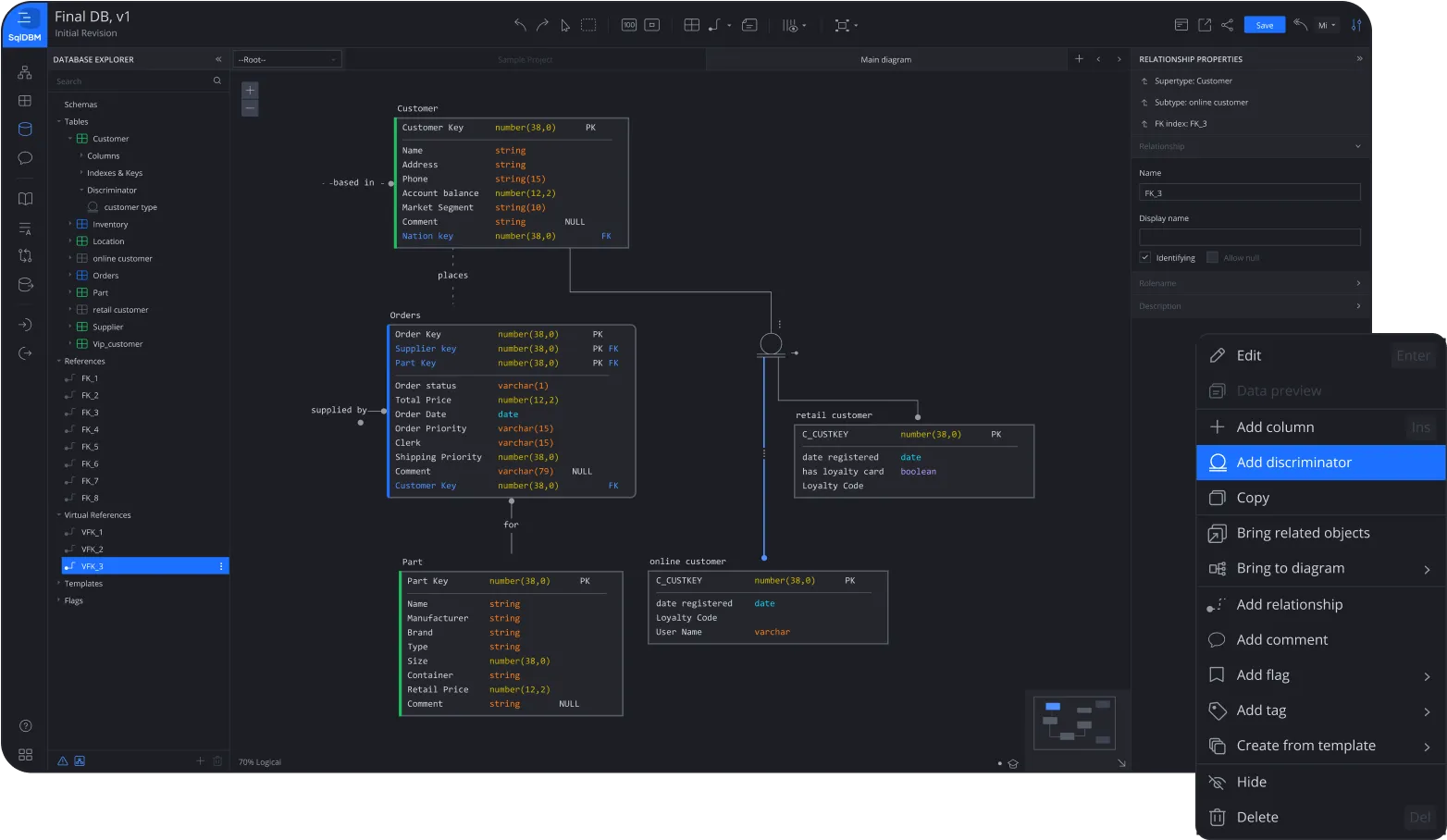
- Physical Data Models: These models define the actual implementation of the data in databases and storage systems. Physical data models are essential for ensuring that AI systems have access to properly formatted and stored data, enabling them to quickly and efficiently retrieve the information they need to function.
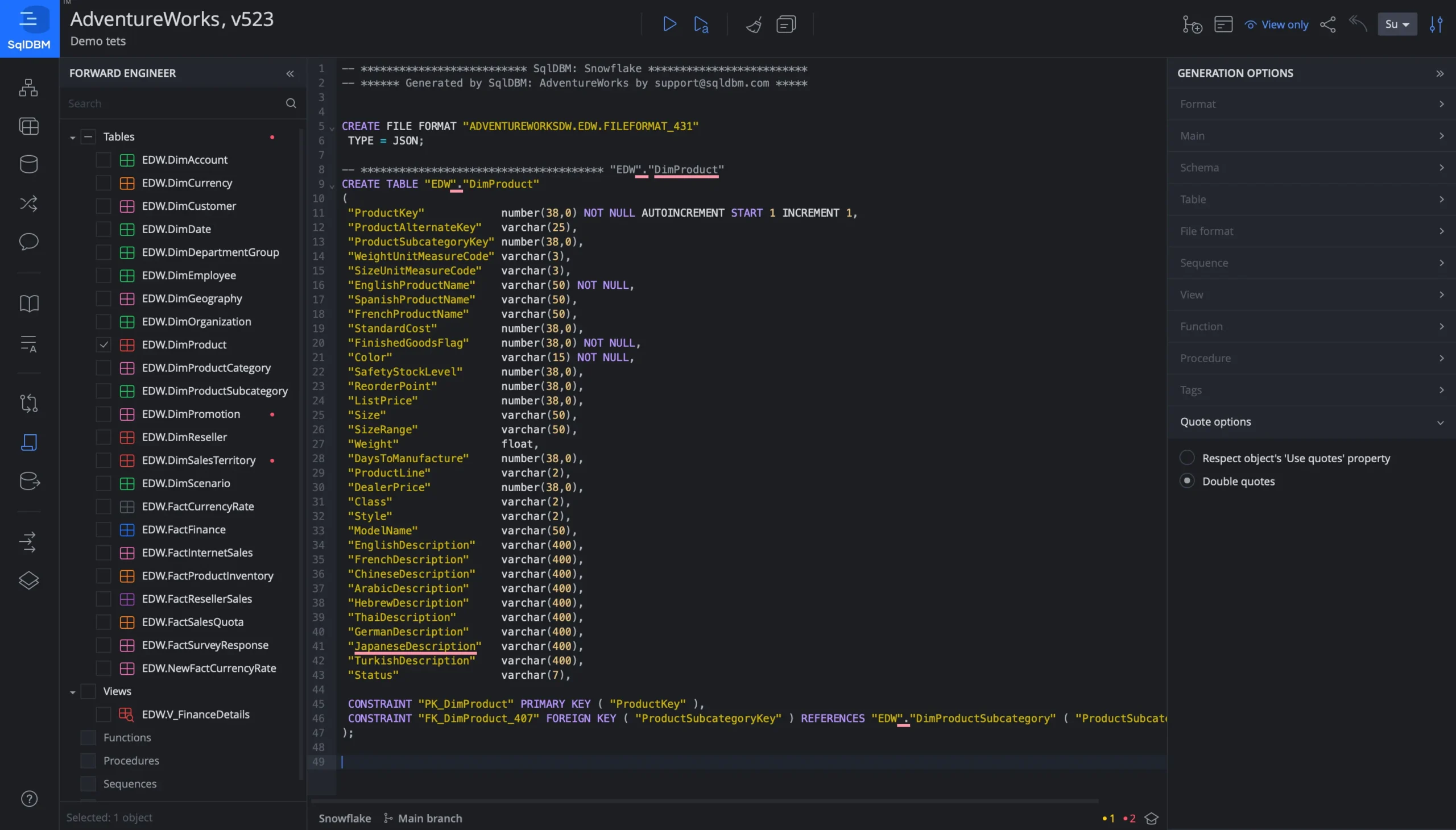
Dimensional Modeling for AI Systems
Dimensional modeling is a popular technique used in AI and analytics systems. It involves organizing data into dimensions (such as time, geography, or product categories) that can be easily analyzed and queried. In AI projects, dimensional models are often used to help machine learning algorithms quickly access relevant information and aggregate data in meaningful ways. This type of modeling allows for faster and more efficient data querying, which can significantly improve the performance of AI models.
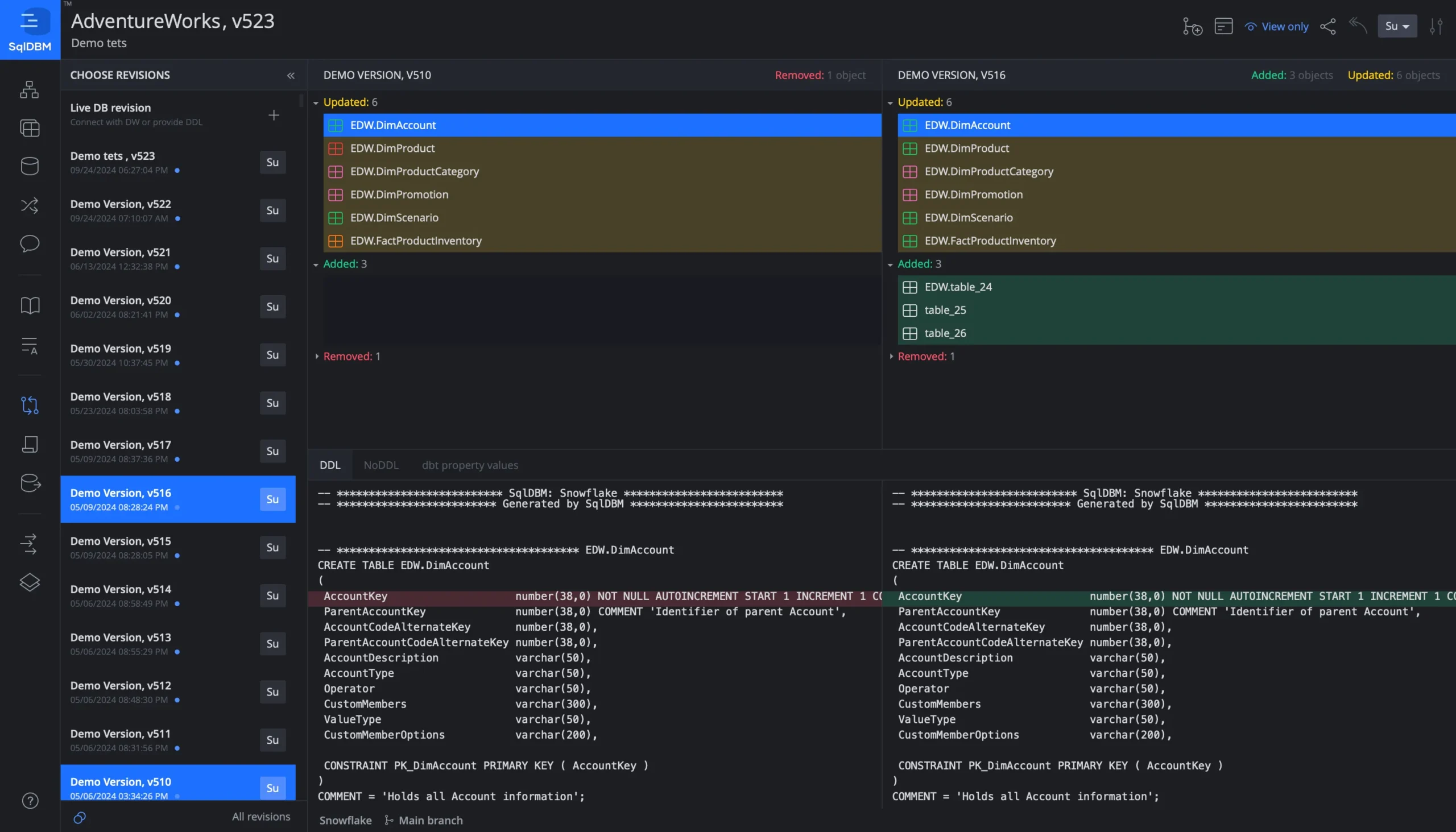
4. How Data Modeling Enhances AI Readiness
Structuring Data for Optimal AI Performance
One of the primary goals of data modeling is to structure data in such a way that it can be easily used by AI algorithms. AI models require well-organized, labeled, and structured data to learn effectively. Data models help to ensure that the data is consistently formatted and logically organized, which is critical for the training and validation phases of AI development.
Structured data models also help reduce the time data scientists spend cleaning and organizing data, allowing them to focus on more valuable tasks like refining AI algorithms and improving model accuracy.
Handling Big Data: Challenges and Solutions
AI systems often rely on large datasets that are continuously growing and evolving. Managing this “big data” presents unique challenges, such as ensuring data integrity, reducing redundancy, and optimizing storage space. Data modeling can address these issues by designing efficient data architectures that support large-scale AI operations.
For instance, data models can help automate the process of data ingestion and transformation, ensuring that AI systems are always working with the latest, most accurate data. This is especially important for AI models that require real-time or near-real-time data, such as in fraud detection or predictive maintenance systems.
Improving Data Flow and Storage
Efficient data flow and storage are critical for AI readiness, and data modeling plays a key role in optimizing both. A well-designed data model will ensure that data moves smoothly between different systems, whether it’s being ingested from external sources, processed in real time, or stored for long-term analysis.
For example, AI models often rely on data from various sources, such as sensors, social media, or customer databases. A robust data model can help integrate these disparate sources into a unified system, ensuring that AI algorithms have seamless access to all relevant data without bottlenecks or delays.
5. Best Practices for Data Modeling in AI Projects
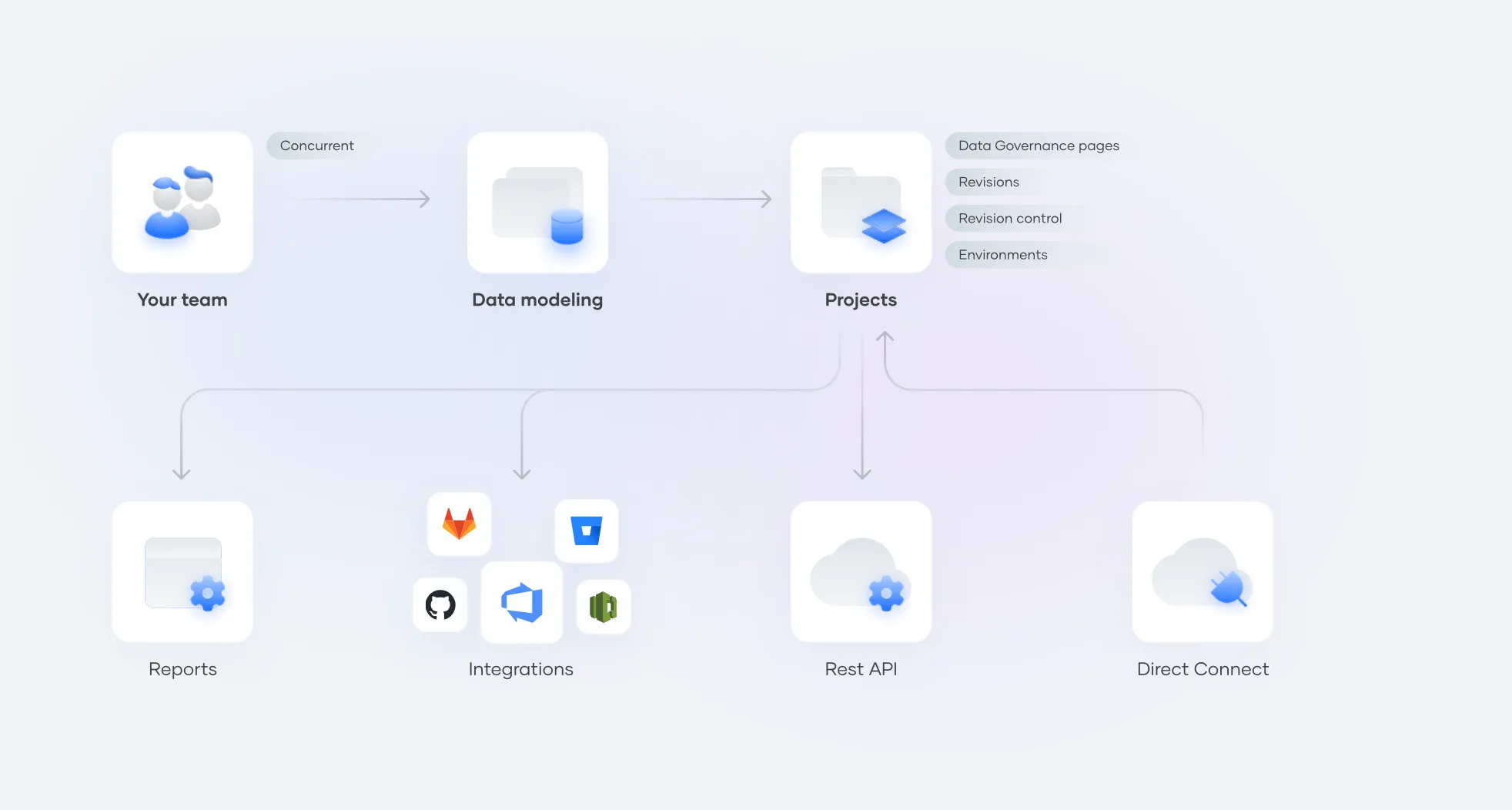
Collaboration Between Data Scientists and Engineers
Successful data modeling for AI readiness requires close collaboration between data scientists, who focus on the algorithms and models, and data engineers, who manage the underlying data infrastructure. Data engineers build and maintain the data pipelines and ensure that the data is stored, processed, and accessed efficiently. When data scientists and engineers work together, they can design data models that are both technically sound and aligned with AI objectives.
Automation and Scalability in Data Modeling
In the era of big data and AI, manual data modeling processes can quickly become outdated or inefficient. Automation is critical for ensuring that data models remain scalable and adaptable as the amount of data grows and evolves. Tools like data modeling platforms and AI-driven data preparation tools can help organizations automate the creation, testing, and optimization of data models, ensuring that their AI systems always have access to high-quality data.
6. SQLDBM: Revolutionizing Data Modeling for AI Readiness
In the evolving landscape of AI readiness, modern data modeling tools are crucial to bridging the gap between raw data and actionable AI insights. One standout tool in the market today is SqlDBM — a cloud-based data modeling platform that helps organizations design, manage, and optimize their data models for maximum AI performance.
SqlDBM is particularly valuable for organizations looking to prepare their data for AI because of its ability to handle complex data environments and facilitate collaboration between data teams. With SqlDBM, both data engineers and data scientists can work within a unified platform, designing and refining data models that are ready for AI systems.
Key features of SqlDBM that make it ideal for AI readiness include:
- Cloud-Based Flexibility: SqlDBM allows data teams to design and access data models from anywhere, making it easy to collaborate across different geographical locations. This flexibility is especially beneficial for AI projects that often require global data sources.
- Collaboration-First Design: The platform encourages collaboration between data engineers and scientists, enabling them to work together in real-time on model designs. This ensures that data models are aligned with AI objectives and can support the complex data needs of machine learning algorithms.
- Version Control and Model Comparison: With SqlDBM’s version control features, teams can compare different versions of data models, track changes, and easily revert to previous versions if needed. This is invaluable for AI projects where models evolve as new data and insights become available.
- Automation and Integration: SqlDBM supports automation, allowing organizations to continuously update and optimize their data models as datasets grow. Its ability to integrate with major cloud data warehouses like Snowflake, Azure, and Redshift further streamlines the data preparation process for AI.
- Ease of Use: Unlike traditional data modeling tools that require extensive coding or database knowledge, SqlDBM offers an intuitive visual interface that makes it accessible to a broader range of users. This empowers business analysts, data scientists, and engineers to collaborate seamlessly on AI-ready data models without getting bogged down by technical complexities.
In conclusion, SqlDBM is revolutionizing data modeling by offering a scalable, automated, and user-friendly platform perfectly aligned with the needs of AI-driven organizations. Its ability to simplify complex data structures and enable collaboration makes it a powerful tool for businesses seeking to enhance their AI readiness.
Conclusion: Bridging the Gap Between Data and AI Success
Data modeling is an essential component of AI readiness, serving as the bridge between raw data and actionable AI insights. By organizing, structuring, and optimizing data, data modeling ensures that AI systems can operate effectively and generate reliable, accurate predictions. Without a solid data model, even the most advanced AI algorithms will struggle to deliver meaningful results.
As AI continues to transform industries and organizations, data modeling will play an increasingly important role in ensuring that businesses are ready to harness the full potential of AI technologies. Platforms like SqlDBM offer a powerful solution to streamline the data modeling process and ensure organizations are fully AI-ready, helping them to unlock the true value of their data for competitive advantage.




